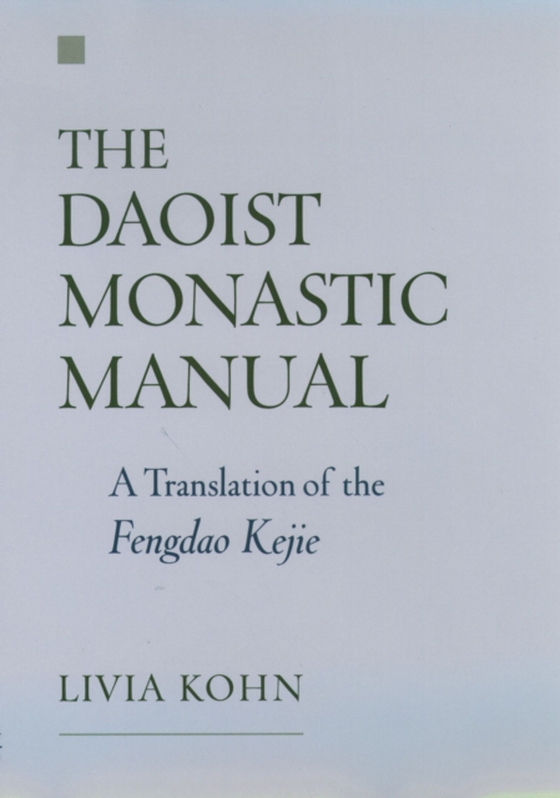
Daoist Monastic Manual e-bog
875,33 DKK
(inkl. moms 1094,16 DKK)
The Fengdao kejie or "e;Rules and Precepts for Worshiping the Dao"e; dates from the early seventh century and is a key text of medieval Daoist priesthood and monasticism, which was first formally organized in the sixth century. Compiled to serve the needs of both monastic practitioners and priests in training it describes the fundamental rules, organizational principles, and concrete es...
E-bog
875,33 DKK
Forlag
Oxford University Press
Udgivet
1 juli 2004
Genrer
HRKN5
Sprog
English
Format
epub
Beskyttelse
LCP
ISBN
9780190291020
The Fengdao kejie or "e;Rules and Precepts for Worshiping the Dao"e; dates from the early seventh century and is a key text of medieval Daoist priesthood and monasticism, which was first formally organized in the sixth century. Compiled to serve the needs of both monastic practitioners and priests in training it describes the fundamental rules, organizational principles, and concrete establishments of Daoist institutions. Speaking in their own voices and presenting the ideal Daoist life of their time, priests and recluses come to life in this fascinating ancient document. Livia Kohn here offers the first complete annotated translation of the Fengdao kejie. She begins with three introductory chapters that outline the development of Daoist organizations and institutions, discuss the date and compilation of the work, and present key issues of terminology and worldview. The text itself contains eighteen sections that address the importance of karma and retribution, the creation of buildings, sacred statues, and scriptures, the design of sacred utensils and ritual clothing, the organization and structure of the ordination hierarchy, as well as a number of essential rituals, from the recitation of the scriptures to the daily devotions and the ordination ceremony. The Daoist Monastic Manual offers a clear and vibrant description of the lifestyle and organizational structures of medieval Daoism, rooting the religion in the concrete reality of daily activities.
 Dansk
Dansk

